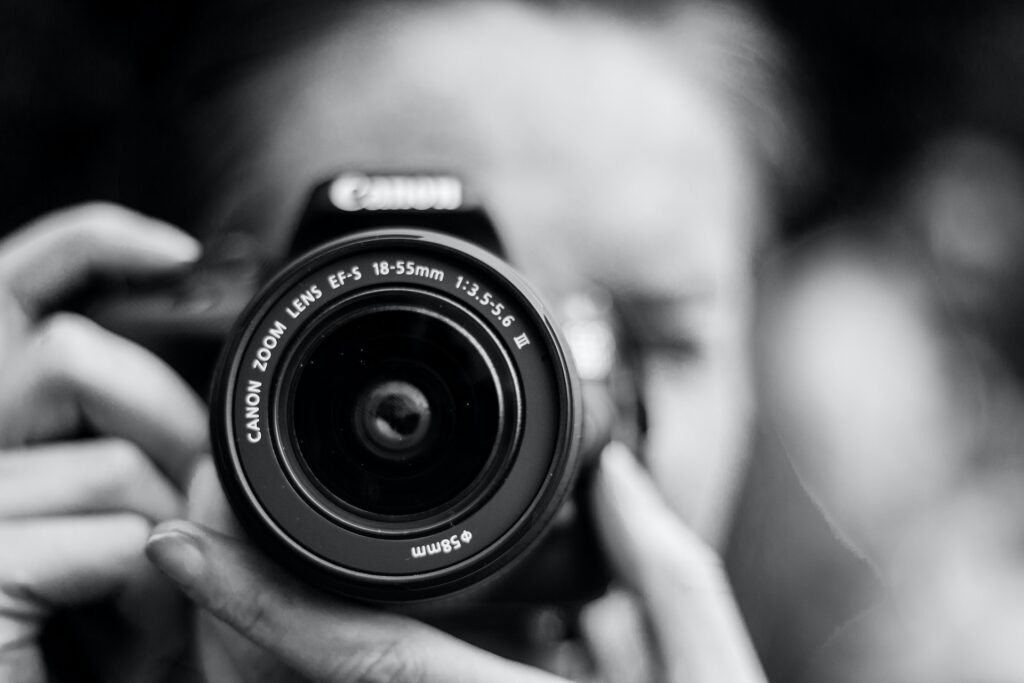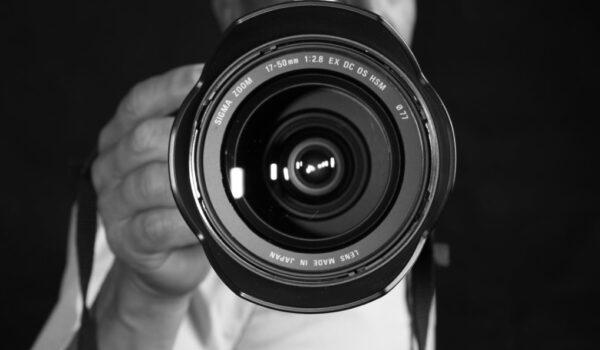In most exhibitions, artwork needs to be labeled with the artist’s name, the title of the piece, and the date it was created. This ensures that viewers have essential information about the work and its creator. If you’re an artist seeking to submit your photographic pieces to a show or just starting out and eager to learn how to label photographs for exhibition, continue reading! This blog post delves into the process of properly labeling artwork for an exhibition and offers some valuable tips to make your labels stand out.
Why Labeling Photographs Matters in an Exhibition
Labels serve two vital purposes in an exhibition. Firstly, they help viewers identify the artist and the title of the work, providing crucial context. Secondly, labels can include additional information about the photograph, such as the date it was taken or the location, giving viewers a deeper understanding of the artwork and the artist’s intent. A well-crafted label can also pique the curiosity of visitors and attract more attention to your artwork.
What to Include on a Label
When labeling photographs for an exhibition, certain key details should be included:
- The artist’s name;
- The title of the work;
- The date the photograph was taken;
- Dimensions of the artwork;
- The medium or type of paper used;
- Any other relevant information (optional but useful);
- If applicable, information about an agent or gallery representation;
- Clearly mark the price of each photograph or indicate if it is not for sale (NFS).
Optionally, you can include a QR code that links back to your website, your agent’s website, or information about the photo.
Attracting Attention with the Lag Hack
One unique psychological hack, called the Lag Hack, can help attract more attention to your photographs. By including intriguing or unique information in the relevant section of your label and making it slightly longer, you can create a small crowd of people interested in reading it. This “lag” in the flow of visitors can draw even more people to see what’s causing the buzz, ultimately increasing the overall visibility of your artwork.

Consistency in Labeling
To maintain a professional and polished look for your exhibition, it’s essential to use a consistent font throughout. Consider using a sans-serif font for both labels and chapter headings. Avoid using too many different fonts, as it can make the presentation appear messy. Utilizing a template for your labels can add a sense of uniformity and professionalism to the display.
Ensure Legibility from a Distance
Legibility is key when it comes to the titles of your photographs. Use a simple and large font like Arial or Times New Roman, with a font size around 20 to 24 points, making it easy for people to read from a distance. This is particularly important for visitors who may need glasses. Before finalizing your labels, test their readability by viewing them from a few feet away.
Printing and Attaching Labels
When printing your labels, opt for a high-quality printer to ensure clarity and sharpness. Attach the labels securely to the back of each frame. If a high-quality printer is not accessible, consider getting them professionally printed on quality label paper or Fome-Cor at a print shop. Another option is to create professional-looking business cards containing the photograph’s details for smaller exhibitions.
Wrapping Up
Properly labeling your artwork is crucial for successful exhibition display. By adhering to the guidelines provided in this post, you can ensure that viewers have all the necessary information about your photographs. Remember always to include your name, the title of the work, and the date on each submission. Don’t hesitate to share this valuable information with your fellow artist friends as they prepare for their exhibitions!
